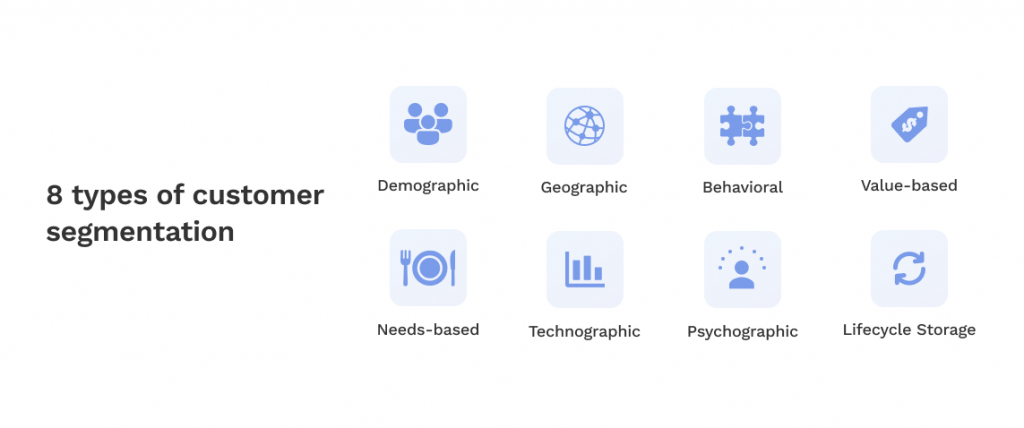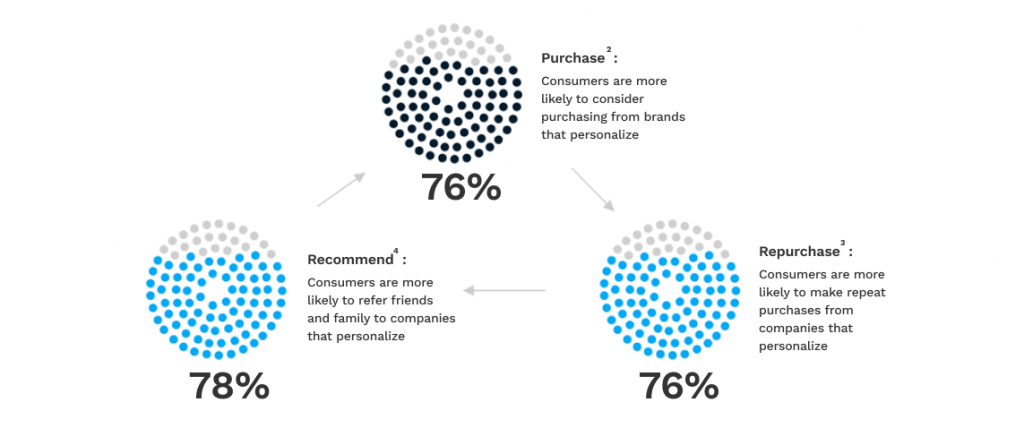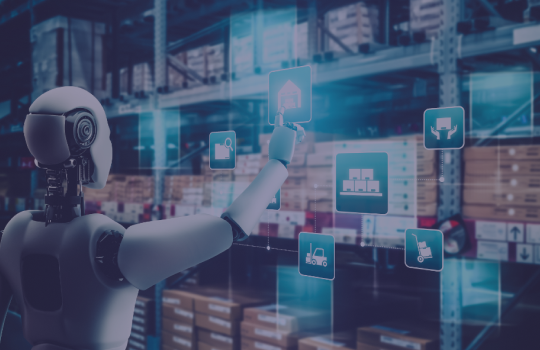What Is a Pricing Engine and Why Do You Need One?
What Is a Pricing Engine and Why Do You Need One?
In 2022, 44% of ecommerce businesses and retailers reported using automated pricing technologies, such as price engines, to drive profits and mitigate losses from inflation and decreased consumer spending. As the list of companies already using pricing technology includes most of the market’s larger players, like Amazon, Walmart, and Apple, the overall adoption rate is significantly higher.
This trend reflects the diminishing viability of manual pricing in a fiercely competitive and increasingly complex market space. To maximize profitability and competitiveness, businesses need access to real-time, accurate pricing data. As developments in AI and data management continue to deliver new capabilities for analyzing, interpreting, and visualizing data, businesses must take advantage of automated solutions wherever they can. This guide explains what pricing engines are and how businesses benefit from using them.
Key Takeaways
- Today’s businesses can no longer expect to calculate prices manually without suffering losses in competitiveness, profitability, and customer satisfaction.
- Pricing engines are price optimization software that automates pricing for products and services based on real-time data from internal and external sources.
- Pricing engines can improve customer satisfaction while raising profits, streamlining sales, and reducing errors.
What Is a Pricing Engine?
A pricing engine is a software-based price optimization tool that businesses use to calculate accurate and optimal prices for specific products and services based on given criteria. Pricing engines help businesses maximize profits by analyzing diverse internal and external conditions to identify prices with the highest performance potential.
Pricing engines are scalable, real-time systems that should generate reliable outputs for both business users and clients accessing self-service platforms. Although their inputs are complex and their outputs are variable, pricing engines are nevertheless rule-based.

Factors Pricing Engines Consider
Pricing engines are also configurable, meaning they determine optimal pricing according to selected parameters. The more parameters they monitor and the more data they ingest, the more accurate predictions they generate. Factors that pricing engines analyze include:
- Supply and Demand: External conditions, such as consumer demand, competitor pricing, and availability and reliability in a business’s supply chain, drive fluctuations in optimal pricing.
- Policies: Multiple business-side variables, such as promotions, discounts, returns, and account-level benefits, can affect pricing. Pricing engines ensure that customers receive the pricing they’re entitled to according to a business’s terms and agreements.
- Product and Service Quality: The degree to which day-to-day comparative pricing affects consumer choices varies widely for different kinds of products and services. Regular, non-discretionary purchases track lower prices much more than luxury or discretionary purchases driven by brand identity.
- Production and Distribution Costs: To calculate optimal pricing, engines must factor internal, business-specific costs into analyses of external market conditions. A business’s location, existing supplier relationships, and distribution methods affect pricing profitability.
- Customer Segmentation: The different customer segments – by need, behavior, demographics, and firmographics – a business sells to have different pricing thresholds. Businesses that offer the same kinds of products and services to different customer segments don’t necessarily share identical optimal pricing.

Industries that Can Use Pricing Engines
Pricing engines have applicability in a variety of industries. Some of the most common are:
- eCommerce: Because online shoppers can compare prices and switch vendors instantly, their purchase decisions are extremely sensitive to competitor pricing changes. Configuring pricing engines to track price fluctuations across competitor websites and implement live changes within fixed ranges helps ecommerce businesses stay on top of current pricing trends.
- Retail: Retailers with physical stores can use pricing engines with parameters for inventory intelligence to move inventory through individual locations more efficiently and prevent storage overages and loss of perishables.
- Hospitality Services: Service providers, such as hotels, restaurants, and ride-sharing companies, experience highly variable demand by time and location. Pricing engines allow these businesses to identify dynamic pricing opportunities within narrow timeframes and localized conditions.
- Software-as-a-Service (SaaS): Providers for highly variable SaaS platforms such as CRMs can often drive profitability and customer satisfaction simultaneously by offering differential pricing based on feature bundles and subscription levels.
Benefits of Using a Pricing Engine
Pricing engines deliver several bottom-line benefits for businesses.
1. Error Reduction
Manually setting or calculating prices at various endpoints throughout a large organization compounds the rate of errors and results in inconsistencies and missed opportunities. Pricing errors occur when sales teams or mid-level decision-makers use conflicting methods or incomplete data to calculate prices. Similarly, manually set prices fail to account for real-time conditions that drive optimal pricing up and down.
2. Improved Personalized Customer Experience
Today’s consumers increasingly expect personalization in buying experiences. One of the most effective ways businesses can communicate personal recognition to customers is through rewards and personalized pricing based on loyalty and past purchases.
When customers experience personalization, chances increase that they will make both new purchases and repeat purchases. Additionally, not only does personalization drive loyalty and repeat engagement, but it also makes consumers 78% more likely to recommend products and services to others.

3. Increased Profits
Pegging prices to live, real-world data doesn’t just ensure competitiveness and secure market share. It raises profits. Pricing improvements with no volume change – either raises in response to increasing demand or decreases to drive sales – translate to tenfold increases in profitability.
4. Accelerated Sales Cycles
Sales teams and customers alike have relied on software-based pricing tools like configure-price-quote (CPQ) and enterprise resource planning (ERP) platforms for years. Nevertheless, these systems have limited scalability in today’s enterprises that employ dozens to hundreds of SaaS platforms and partitioned IT systems.
As pricing complexity compounds, buyer preferences are also shifting towards ecommerce and self-service models. Pricing engines address both problems simultaneously, integrating more data than CPQ and ERP systems and rendering it more directly accessible to buyers. With access to accurate, real-time pricing, buyers are quicker to make purchase decisions.
Learn more about real-time pricing optimization and how to leverage business data through our webinar, “Practical Strategies to Radically Optimize Pricing and Promotions with AI.”
Leverage AI to Identify Pricing and Inventory Opportunities with Hypersonix
Hypersonix employs powerful AIs to constantly monitor your business data and market conditions, identifying actionable risks and opportunities. Delivering average one-quarter profit increases of 8%, Hypersonix provides next-generation solutions in predictive analytics and forecasting for pricing, inventory intelligence, and cash flow management.
To learn how Hypersonix can optimize your retail or ecommerce business, schedule a customized demo.





